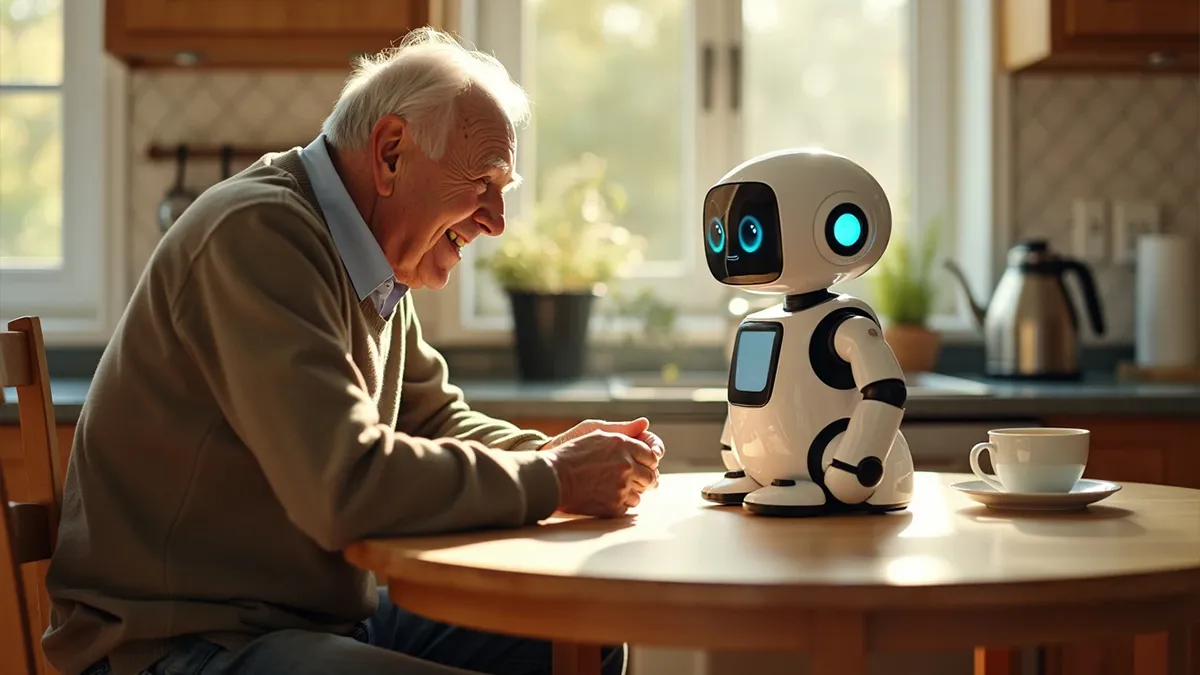Make Better Decisions with AI: Virtual Assistants for Life’s Big Choices
Make better decisions with AI when you find yourself standing at a crossroads, facing choices that could shape the next chapter of your life.
Whether you’re considering buying your first home, choosing between different car models, or deciding on a new career path, artificial intelligence can help. At times like these, having an expert at your side to guide you through every detail and consideration would be invaluable.
Well, with today’s virtual assistants like ChatGPT, Perplexity, and Claude, AI makes those big decisions clearer, more informed, and a lot less overwhelming.
Let’s explore how these AI tools can assist in different aspects of life, from major purchases to career moves, and why they might be the friend you need when human advice isn’t available.
AI and Real Estate: Should You Buy That House?
Buying a house is one of the biggest decisions you can make—it’s not just about the walls and the roof, it’s about building a future.
You may wonder: is this neighborhood safe? Does it have good schools nearby? What’s the resale value of homes in this area? These are all questions that virtual assistants can help you answer.
Take, for example, ChatGPT. By feeding it details about the house, the neighborhood, and even the local amenities, you can start to build a picture of whether this home is right for you. You might ask:
- “What are the pros and cons of buying a house in this particular neighborhood?”
- “How will property taxes impact my budget over time?”
- “What’s the economic forecast for this area?”
Not only can AI give you general information, but tools like Perplexity can also dive deep into the latest statistics, pulling up real-time data on home prices, economic trends, and even average property taxes.
You get a holistic view that helps you think beyond the immediate excitement of finding a dream home.
“Would you trust AI to give you a broader perspective on such an important decision? It’s not about replacing your instinct but supplementing it with solid facts.”
Comparing Cars: AI as Your Automotive Advisor
When it comes to buying a car, it’s easy to get caught up in the emotions: the sleek design, the powerful engine, the feel of freedom. But practical questions always come into play—should you go electric or stick with a traditional model? How do maintenance costs compare?
Claude is another AI assistant that can come in handy here. Imagine asking:
- “What are the advantages of buying a hybrid car versus a fully electric one?”
- “How do maintenance costs compare between this model and another over a 5-year period?”
With an AI like Claude, you can get unbiased comparisons that break down total cost of ownership, including things you may not have thought about—like depreciation, fuel efficiency, or government incentives for green vehicles.
It’s like having an automotive expert by your side, ready to make sense of the details.
“Do you prefer the thrill of driving something new, or do you lean towards what’s practical and long-term? AI can help balance both sides of your personality, giving a clear path forward.”
Navigating Life Dilemmas: When an Expert Isn’t Available
Now, let’s consider something less tangible but just as critical: life choices. Maybe you’re stuck between career paths—becoming a software developer or a marketing specialist.
Normally, you’d ask a friend who works in the field or a mentor, but what if they’re not available? Here’s where AI shines.
Using ChatGPT, you could ask:
- “What are the current job market trends for software developers versus marketing specialists?”
- “What is the average salary for each profession, and what are the long-term growth opportunities?”
- “What are the common challenges someone might face in these careers?”
With these questions, ChatGPT can generate insights that give you a realistic perspective on what each career entails, including salary data, employability statistics, and even the day-to-day challenges.
-

 Best Picks10 months ago
Best Picks10 months agoDriving Insurance: Get the Best Car Coverage Without Overpaying
-

 Best Rewards3 months ago
Best Rewards3 months agoBest rewards credit cards in 2025 for everyday use
-

 Personal Growth & Mindset1 year ago
Personal Growth & Mindset1 year agoTed Lasso Effect: 5 Goal-Setting Secrets You Must Know
-

 Career & Success1 year ago
Career & Success1 year ago30 Key Strategies for Growth: Mindset, Productivity & Wellness
-

 Personal Growth & Mindset1 year ago
Personal Growth & Mindset1 year agoMachado de Assis: This Viral TikTok Explains Why You Need to Read ‘The Posthumous Memoirs of Brás Cubas’ Now
-

 Career & Success12 months ago
Career & Success12 months agoChallenges of Not Having Goals: 5 tips to help you get started











